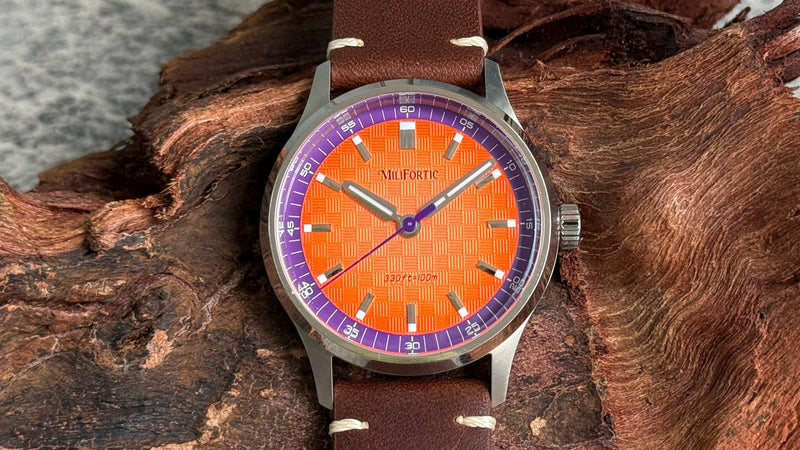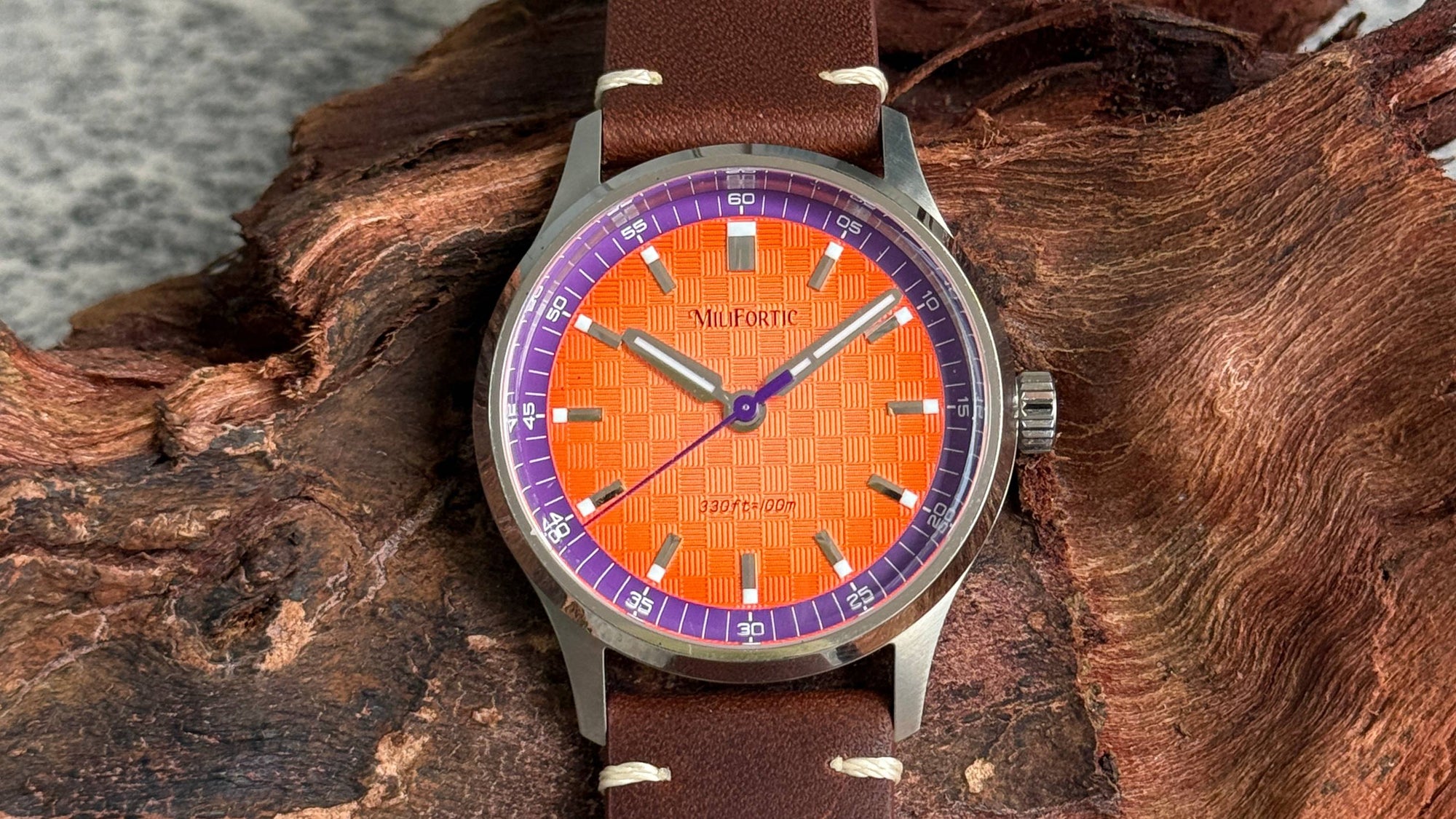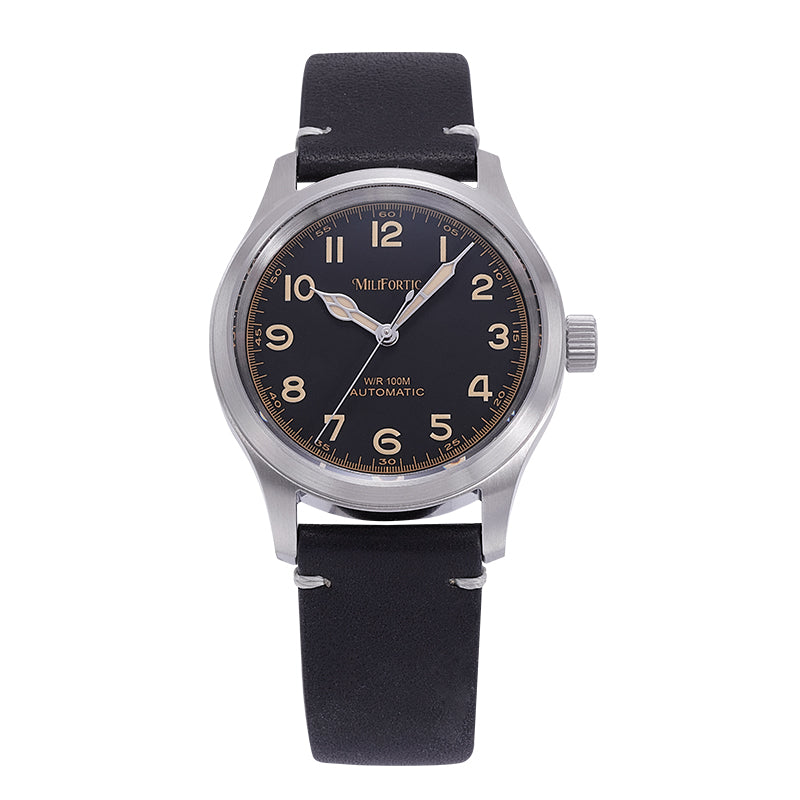
When shopping for a watch, you may see the specification page stating the words ‘10 bar water resistant’. But what does that really mean?

Understanding the water resistance of your watch isn't just for divers, it's important for anyone who wears a watch while traveling, working out, or in everyday life. From a sudden downpour to a dip in the pool, understanding the water resistance of your watch can help.
In this article, we'll explain what 10 Bar water resistance really means in everyday life.
What Does 10 Bar Water Resistance Mean?

The ‘10 Bar Water Resistant’ is also commonly referred to as 10 ATM, meaning that the watch can withstand the equivalent of 100 meters of water. Sounds impressive, but the ‘100 meters’ is the result of a static test in a lab, not that you can actually dive to a depth of 100 meters with it.
In real life, water pressure changes due to movement, current and temperature, so this figure is more of a reference value. But rest assured, the 10 Bar waterproof rating is more than enough for most everyday situations.
What does this mean for the average person? Simply put, it means that you can wear this watch to wash your hands, take a shower, go swimming, or even go to the beach to play shallow water sports without any problem. As long as you're not deep diving or doing intense underwater activities, it can handle it with ease.
Water Resistance Levels Explained

While the 10 Bar water resistance rating is sufficient for most life situations, there are still some situations that require special attention. For example, diving, water gun rinsing, or high-pressure car washes with momentary high-pressure shocks may cause damage to the watch, and even if it is labeled 10 ATM, it is not recommended for these scenarios. In addition, if you plan to scuba dive or dive for an extended period of time, you will need a more specialized dive watch.
Simply put, 10 Bar water resistance can accompany you up and down the mountain and down the sea, but when faced with ‘high pressure’ and ‘deep water’, you should still be a bit more cautious.
Water Resistance Isn’t Everything: Use It Right

Even if the watch itself has good water resistance, some small habits when using it can affect its performance. For example, before swimming or bathing, make sure that the crown has been tightened, this step is very critical; if it is a screw crown, remember to screw clockwise to the end before going into the water.

There's another point that many people tend to overlook: the water-resistant rubber ring isn't permanently effective. With the passage of time, frequent temperature changes or case impact, the rubber ring will deteriorate, and the waterproof effect will also decline. It is recommended to check every year or so, especially for watches that are often exposed to water, you can find a professional master to test or replace the rubber ring.
In short, not only the watch itself should be reliable, but also some of the wearer's habits of use are also very critical. Do a good job of these small actions, in order to really make your watch ‘waterproof power full marks’.
The watches shown in the article are available for purchase here:
Summarize
Overall, the 10 Bar water resistance rating is practical enough for most people to easily cope with various water activities and occasional wet conditions in daily life. By paying attention to some usage details, such as tightening the crown and regularly replacing the waterproof rubber ring, the watch will remain waterproof for a longer period of time.



0 comments